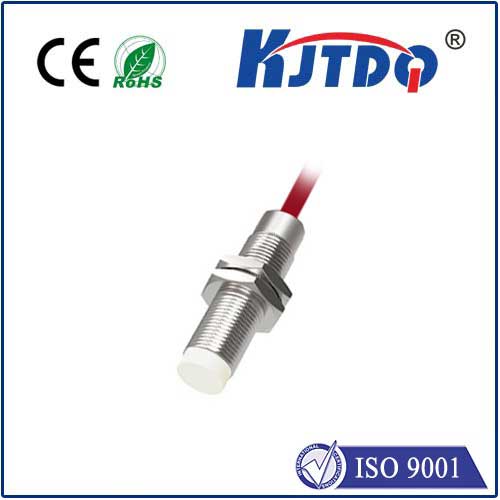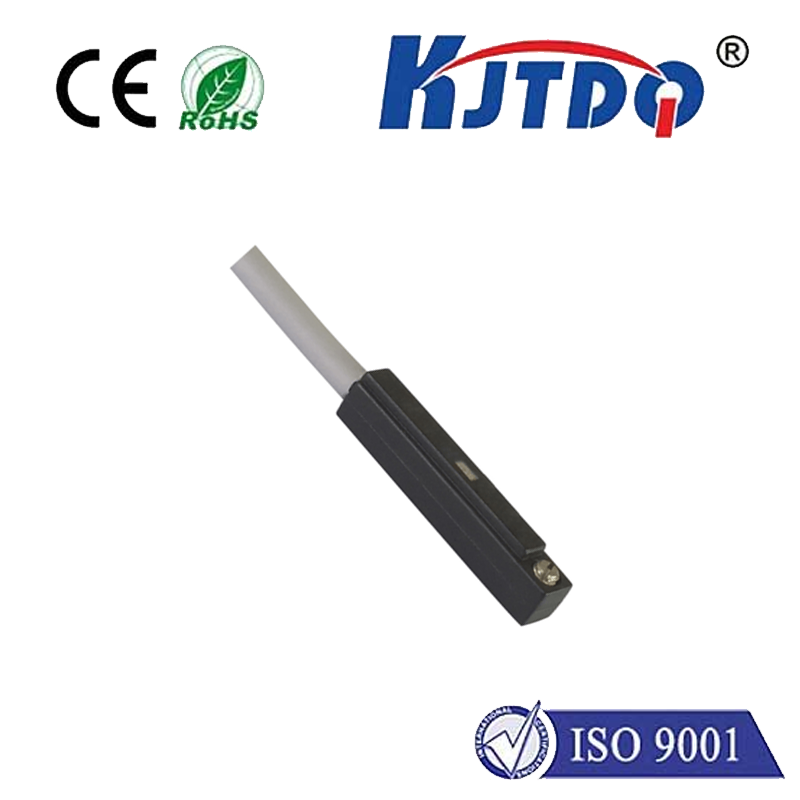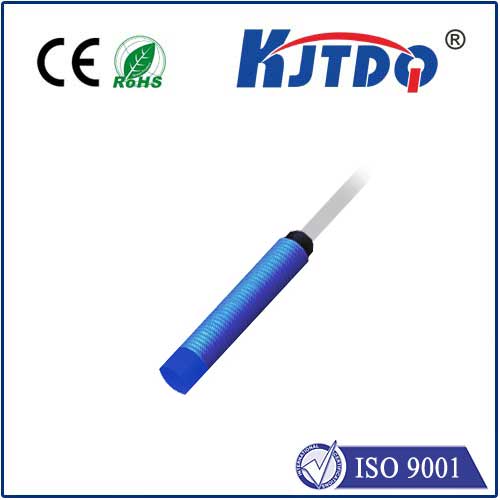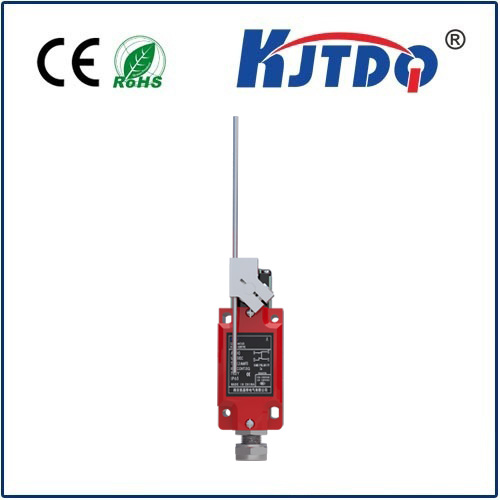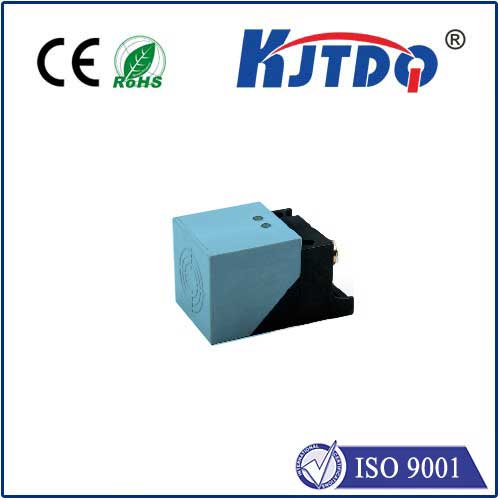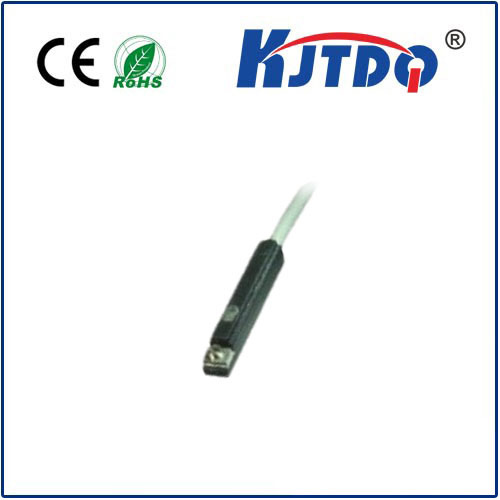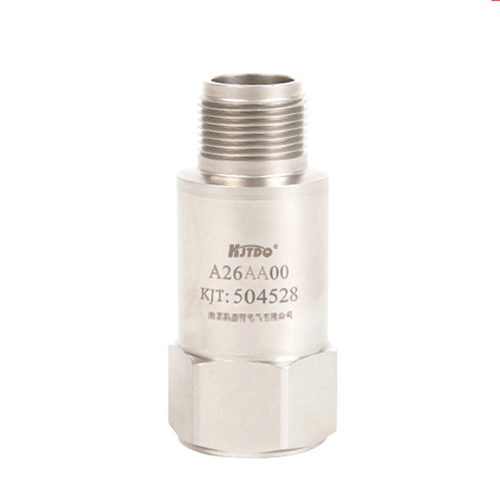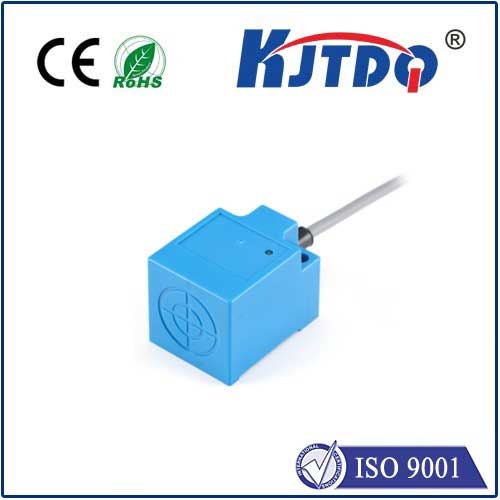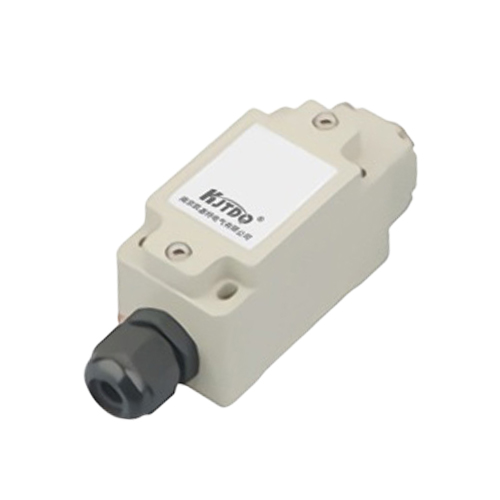optical sensor for speed measurement
- time:2025-08-16 04:57:05
- Click:0
Measuring Velocity with Light: The Power of Optical Speed Sensors
Forget the clicking stopwatch and the trailing fifth-wheel. In today’s high-speed world, capturing velocity demands technology as fast as the objects it measures. Enter the realm of optical sensors for speed measurement – sophisticated devices harnessing light itself to deliver unparalleled precision and non-contact performance across diverse applications. From monitoring conveyor belt speeds in a bustling factory to capturing the blistering velocity of a race car, optical speed sensors provide the critical data needed for control, safety, and analysis.
Why Light? The Core Advantage
Traditional speed measurement methods often involve physical contact (like tachometers) or rely on radio waves (like radar guns). While effective in specific scenarios, they have limitations. Contact methods introduce friction, wear, and can interfere with delicate systems. Radar, while non-contact, can suffer from interference, lower resolution, or require significant target sizes. Optical sensors circumvent these issues by using light – typically lasers or LEDs – as their measurement probe. This fundamental approach offers several critical benefits:
- Non-contact Operation: The sensor never physically touches the target, eliminating wear, friction-induced drag, and potential damage to delicate surfaces. This is crucial for applications like measuring the speed of paper webs, thin films, or rotating blades.
- High Resolution and Accuracy: Light allows for extremely fine spatial and temporal resolution. Optical sensors can detect minute movements and calculate speeds with exceptional precision, often down to fractions of a millimeter per second or microsecond resolution.
- Fast Response Time: Light travels fast, enabling sensors to react almost instantaneously to speed changes. This is vital for high-dynamic processes like robotics, motor control, or ballistic measurements.
- Versatility: Optical sensors can measure a vast range of targets – solids, liquids (surface velocity), and even gases (using specialized techniques like LDA). They work on various surface types (though reflectivity matters) and can be configured for translatory (linear) or rotary motion.
Shining a Light on the Principles: How Do They Work?
There are two primary optical speed measurement techniques employed by these sensors, each suited to different scenarios:

- Laser Doppler Velocimetry (LDV) / Laser Surface Velocimetry (LSV): This sophisticated method exploits the Doppler effect applied to light. A laser beam is directed at the moving surface. Light scattered back from microscopic surface imperfections experiences a slight frequency shift proportional to the target’s speed relative to the sensor. By precisely analyzing this shift using interferometry, the sensor calculates the velocity with extraordinary accuracy. LSV systems are the gold standard for non-contact, high-precision linear or rotational speed measurement on surfaces like metal, paper, plastics, or even hot materials like steel in rolling mills.
- Optical Encoders (Rotary & Linear): These sensors measure speed indirectly but very effectively by counting discrete events (marks or lines). Rotary optical encoders typically consist of a light source, a rotating disk with alternating transparent/opaque sections (or a reflective pattern), and a photodetector. As the disk spins, interruptions in the light beam create pulses. The frequency of these pulses directly correlates to the rotational speed. Linear optical encoders operate similarly, using a stationary sensor head reading a precision scale tape (with reflective or transmissive lines) attached to a moving part. The pulse rate determines linear velocity. Encoders excel at providing incremental position and speed feedback within machinery, robotics, and CNC equipment. Their resolution is determined by the number of lines or marks per revolution/meter.
Key Components Under the Hood
Regardless of the specific technique, most optical speed sensors share core components:
- Light Source: Typically a focused laser (for LDV/LSV, long-range, or high precision) or an LED (for encoders, cost-sensitive applications, shorter ranges). Laser diodes offer coherence and intensity, while LEDs provide robustness and longer lifetimes.
- Optics: Lenses and apertures focus the light beam onto the target and collect the reflected or transmitted light efficiently.
- Detector: A photodiode, phototransistor, or more complex sensor array (like a CMOS line sensor) converts the received light intensity into an electrical signal. High-speed detectors are essential for capturing rapid changes.
- Signal Processing Electronics: This is the brain. It filters noise, processes the raw signal (e.g., analyzing Doppler shifts or counting encoder pulses), performs calculations (distance/time = speed), and outputs a usable signal (analog voltage, digital pulses, serial data like RS422 or Ethernet-based protocols).
Where Speed Meets Light: Diverse Applications
The non-contact nature and precision of optical sensors make them indispensable across countless industries:
- Industrial Automation & Manufacturing: Monitoring conveyor belt speeds, synchronizing printing presses, controlling web tension in paper/plastic/film processing, measuring rotational speeds of motors, rollers, and spindles in CNC machines and robotics.
- Transportation & Automotive: Testing vehicle speed on dynamometers, measuring wheel speed for traction control and ABS development (test environments), monitoring train wheel rotation for slip/slide control, and traffic monitoring systems.
- Scientific Research & Aerospace: Studying fluid dynamics (wind tunnels, water channels), measuring projectile velocities, characterizing high-speed rotating machinery like turbines, and ground speed verification in flight testing.
- Consumer Electronics: Controlling disc drive spindle speeds, regulating fan speeds in computers and appliances.
- Renewable Energy: Monitoring wind turbine rotor speed, controlling solar tracker movement speed.
Choosing the Right Optical Speed Sensor
Selecting the optimal optical sensor for your speed measurement task involves considering several factors:
- Target: Surface type (rough, smooth, reflective, dark), material, size. Does it move linearly or rotate?
- Speed Range: Minimum and maximum expected velocity.
- Required Accuracy and Resolution: How precise does the measurement need to be?
- Measurement Distance: How far is the sensor from the target?
- Environment: Temperature, humidity, dust, vibrations, ambient light levels.
- Output Interface: Analog (0-10V, 4-20mA), digital pulses (TTL, HTL), or digital communication (RS422, Ethernet, EtherCAT)?
- Budget: LDV systems offer top precision but at a higher cost than encoder-based solutions or simpler optical tachometers.
Illuminating Advantages in a Competitive Landscape
While technologies like radar, ultrasonic sensors, and Hall effect sensors also measure speed, optical methods consistently provide significant advantages where extreme precision, non-contact requirement, or very high resolution is paramount. Their ability to harness light enables measurements that are simply impossible or impractical with other methods.
Understanding the principles – the Doppler shift for direct surface velocity or the precise encoding of movement – reveals the elegant power behind these devices. From ensuring consistent quality on a production line to unlocking the secrets of high-speed fluid flow, optical speed sensors illuminate the path forward, turning the invisible dynamics of speed into actionable, highly accurate data.












